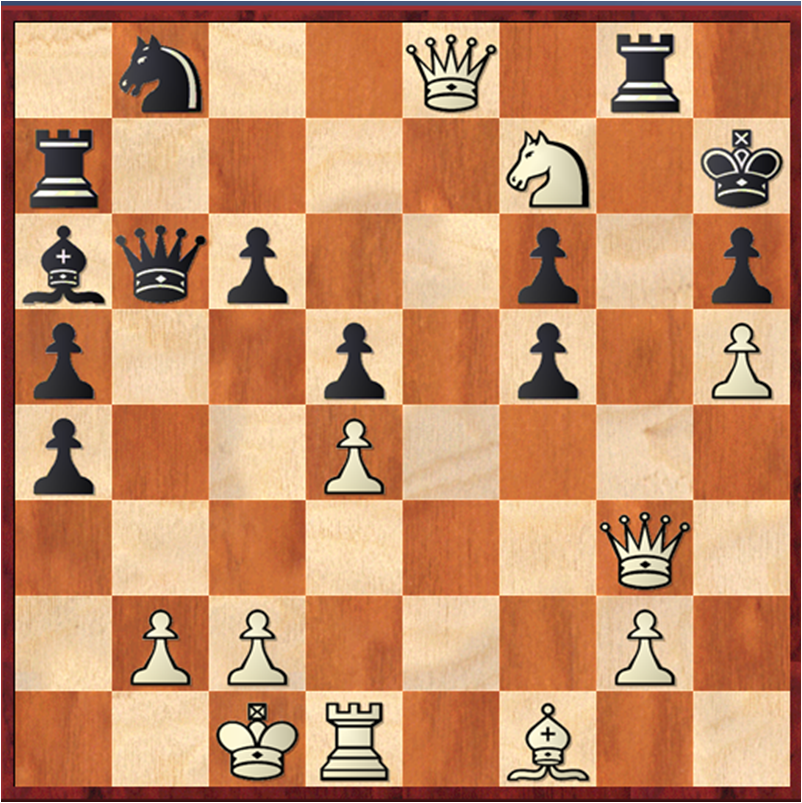Game Theory
- Introduction to Game Theory
- Two-Person Zero-Sum Games
- Non-Zero-Sum and Cooperative Games
- Game Theory in Business and Economics
- Game Theory in Politics
- Psychological Game Theory
- Games of Chance and Risk
- Evolutionary Game Theory
- Games with Sequential Moves
- Game Theory in Social Interactions
- Ethics in Game Theory
- Technological Aspects of Game Theory
- Applying Game Theory in Everyday Life
Games with Sequential Moves
Understanding Backward Induction in Game Theory

Class of turn-based game in which one player chooses their action before the others choose theirs.
Backward induction is a powerful tool in game theory that allows us to solve sequential games, where players make decisions one after another rather than simultaneously. This method is particularly useful in predicting the outcome of a game and understanding the strategic choices that players make.
What is Backward Induction?
Backward induction is a process of reasoning backwards in time, from the end of a problem or situation, to determine a sequence of optimal actions. It involves starting from the last move of the game, then, looking backward, determining what the player with the next-to-last move should do, and so on until the first move of the game.
Steps Involved in Backward Induction
-
Identify the last move of the game: The first step in backward induction is to identify the player who makes the last move in the game. This player will choose the action that maximizes their payoff, given the choices of the other players.
-
Determine the optimal action for the next-to-last move: Once the last move is identified, we move to the player who makes the next-to-last move. This player will choose the action that maximizes their payoff, given the choices of the other players and the anticipated last move.
-
Continue this process until the first move: This process continues, moving backward through the game, until we reach the first move. The player who makes the first move will choose the action that maximizes their payoff, given the anticipated actions of the other players.
Application of Backward Induction in Sequential Games
Backward induction is widely used in various fields such as economics, computer science, and political science. For example, in economics, it is used to model and solve sequential bargaining situations, where two parties negotiate over a deal or contract. In computer science, it is used in algorithms for decision-making and optimization problems.
Limitations and Criticisms of Backward Induction
While backward induction is a powerful tool, it has its limitations. One of the main criticisms is that it assumes perfect rationality and foresight among the players. In reality, players may not be perfectly rational, and they may not be able to foresee the consequences of their actions perfectly. Furthermore, backward induction may not work well in games with multiple equilibria or in games where players have incomplete information.
In conclusion, backward induction is a key concept in game theory that provides a systematic way to analyze and solve sequential games. Despite its limitations, it offers valuable insights into strategic decision-making and helps predict the outcome of a game.